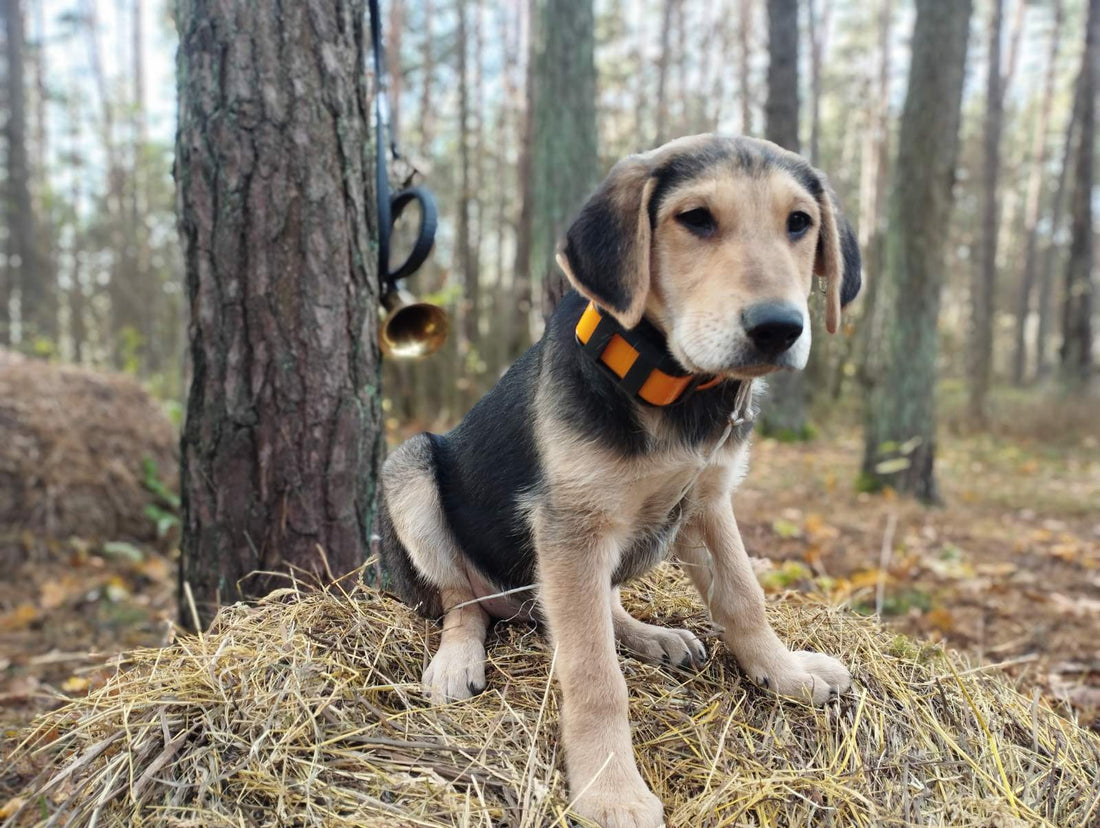
How to train a hunting dog?
Training a hunting dog is a mix of instinct shaping, obedience, endurance, and field discipline. Whether you're training a hound, pointer, retriever, or versatile breed, the goal is to channel your dog’s natural drive into controlled performance.
Here’s a step-by-step guide to get you started right:
🎯 1. Start with Basic Obedience (8–16 weeks old)
Before hunting training, your dog must master:
-
Sit, stay, come, heel
-
Place (go to a designated spot)
-
Name response (attention on command)
🗣️ 2. Introduce Recall & Whistle Training
-
Use a recall word (“Here!”, “Come!”)
-
Pair with a whistle tone for long-distance control
-
Reward immediately when your dog comes back
Consistency is critical here—NEVER punish a dog that comes back late.
🧬 3. Build Drive Through Play
-
Use scented toys or drag trails to simulate tracking
-
Play retrieve games using bumpers or dummies
-
Reward searching, not just finding
🔫 4. Introduce Gunfire Slowly
Start with:
-
Distant starter pistol or cap gun while dog eats or plays
-
Gradually move closer as the dog stays calm
-
Pair sound with positive associations (retrieves, food)
⚠️ Never fire directly over a dog too early—this causes gun shyness, which is hard to reverse.
🐾 5. Introduce Game Scent & Real Birds
-
Let the dog sniff feathers, fur, or bird wings
-
Drag game across the yard and encourage tracking
-
Use live (but controlled) birds in training later
🦴 6. Use Training Tools
-
E-collar or GPS tracker: For control and correction
-
Check cords/long leads: For reinforcing recall
-
Whistle: For direction and recall at distance
Always condition the e-collar gently—teach the dog the meaning of each tone/vibe/shock.
🌲 7. Field Work (6+ months)
-
Practice in progressively tougher environments: tall grass, woods, water
-
Train steadiness to shot/game (don’t chase until commanded)
-
Simulate real hunts: full gear, real timing, distances
💡 8. Train Specific Hunting Styles
-
Pointers: Steady pointing, holding, flushing on command
-
Retrievers: Marking, memory, water work, blind retrieves
-
Scent hounds: Trail following, treeing, baying control
-
Flushers: Close range work, non-chasing
🧼 9. Post-Hunt Routines
-
Teach crate manners, post-hunt calm, and how to ride in vehicles quietly
-
Check for injuries and clean up after every field session
📅 Ideal Schedule (Example):
| Age | Focus |
|---|---|
| 8–16 weeks | Socialization, obedience, recall, intro to sounds |
| 4–6 months | Retrieve drive, scent intro, whistle, leash work |
| 6–9 months | Game scent, bird intro, basic field work |
| 9–12 months | Advanced retrieves, water work, real hunts |


